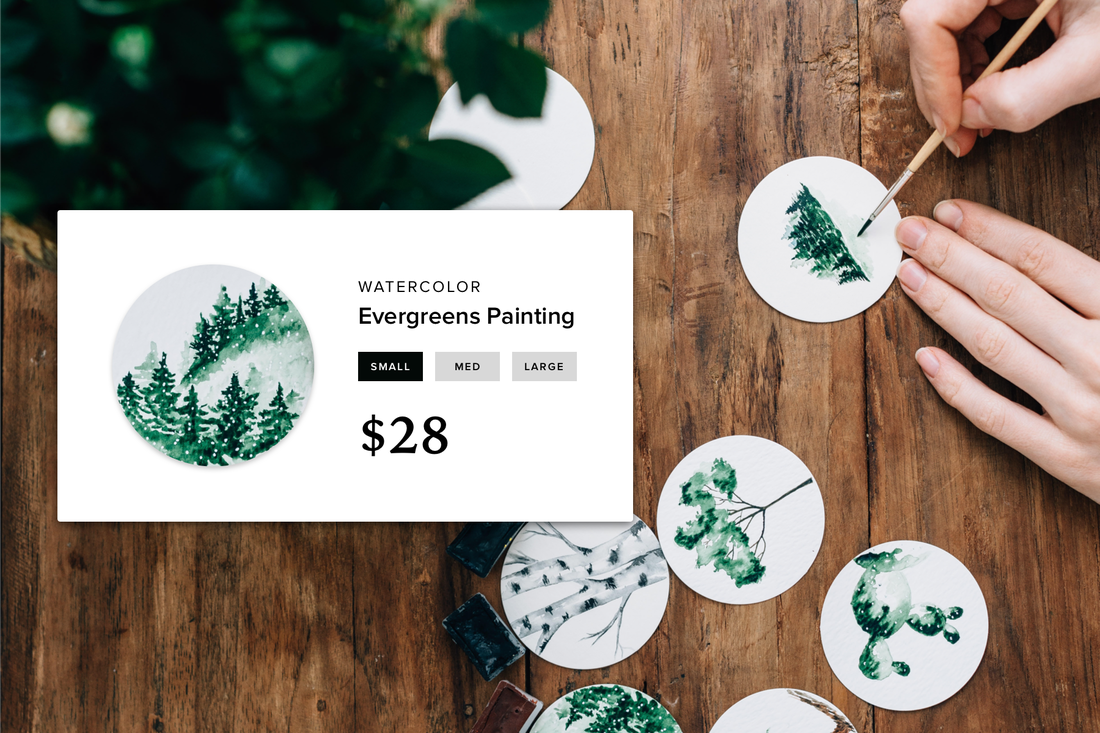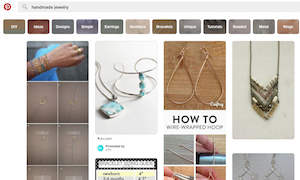When 3D printing first came on the scene, the tech was still very young. Only after several years did this printing technology begin to catch up to expectations. Now it can be the foundation for a thriving, growing business, serving a use far beyond just creating prototypes.
Meet Ryan Brown. He owns 3Doppelgangers.com, a company which specializes in creating realistic figurines of people using 3D printers. With just a few pictures, Brown can craft ultra-realistic figurines personalized for each and every customer. He agreed to share some insider tips on the state of the 3D industry and how other businesses might utilize the same techniques he's used.
Holidays Bring the Greatest Demand
Although the demand for custom 3D objects has decreased over the years, he can still sell hundreds of figurines during higher-demand weeks, Brown shared. A custom-made figurine typically sells for $100 to $300.
"Initially, there was a pretty high demand and I could barely keep up with it," he said. "You know, we'd have 40 or 50 people coming a day. But things have slowed down a little bit, the craze has gone by and the fad has kind of died down. Typically we can do 200 in a week, like during holidays and busy seasons. Graduation is one of the busiest seasons."
"Initially, there was a pretty high demand and I could barely keep up with it," he said. "You know, we'd have 40 or 50 people coming a day. But things have slowed down a little bit, the craze has gone by and the fad has kind of died down. Typically we can do 200 in a week, like during holidays and busy seasons. Graduation is one of the busiest seasons."
By Outsourcing, He Increased Profitability
Brown used to print in-house, but realized that outsourcing his 3D printing actually eliminated bad batches and increased the speed for processing orders. Outsourcing allowed 3Doppelganger to decrease workload and increase profitability.
"We have no failure rates with the equipment because I smartened up and started outsourcing," he explained. "Initially we owned our own printers. But you get a much quicker turnaround time and you can turn a much higher profit if you just outsource. There are companies who focus just on 3D printing, nothing more and nothing less. So once [an order's] rendered, we send it to them."
By drop shipping with companies that focus completely on 3D printing, he increased the speed of orders, resulting in more profits and happier customers.
He's only had one bad batch, he said, and that was when a product had a lot of excess gypsum powder on it. But incidents like that are rare.
"There was only one QA complaint," Brown said. "Thankfully it was a friend of the family so it was easy to deal with. But other than that, most people just stare at it [the product] in awe and they think it's the coolest thing they've ever seen."
"We have no failure rates with the equipment because I smartened up and started outsourcing," he explained. "Initially we owned our own printers. But you get a much quicker turnaround time and you can turn a much higher profit if you just outsource. There are companies who focus just on 3D printing, nothing more and nothing less. So once [an order's] rendered, we send it to them."
By drop shipping with companies that focus completely on 3D printing, he increased the speed of orders, resulting in more profits and happier customers.
He's only had one bad batch, he said, and that was when a product had a lot of excess gypsum powder on it. But incidents like that are rare.
"There was only one QA complaint," Brown said. "Thankfully it was a friend of the family so it was easy to deal with. But other than that, most people just stare at it [the product] in awe and they think it's the coolest thing they've ever seen."
Brown Works with Three Printing Companies
Brown said he works primarily with three 3D printing companies:
Shapeways is an online 3D printing service.
"I use them if, let's say, there's not a lot of volume," he explained. "I can go to Shapeways and I don't have to worry about a quick turnaround time."
Subsea, in contrast, is a special situation. It's a local oil and gas company that deals with rapid prototyping. Brown convinced them to branch out and now they're his main supplier.
"I use them if, let's say, there's not a lot of volume," he explained. "I can go to Shapeways and I don't have to worry about a quick turnaround time."
Subsea, in contrast, is a special situation. It's a local oil and gas company that deals with rapid prototyping. Brown convinced them to branch out and now they're his main supplier.
Printing In-House Isn't Cheap
If a small business wanted to do quality 3D printing in-house, a single printer would cost $30,000 to $40,000 used or $60,000 to $75,000 new, Brown shared.
That's another advantage to outsourcing your 3D printing: less investment up front, when your capital is typically tighter.
That's another advantage to outsourcing your 3D printing: less investment up front, when your capital is typically tighter.
The Power Is in Customization
Brown's company was able to identify demand for customized figurines and fill that demand. For 3Doppelganger, the true power of 3D printing was not in mass production but in customization and in the ability to keep zero product in stock.
Could the same be true for your company?
If you have a product that's expensive to make but relatively cheap to market, 3D printing might be a good option. When you use a third-party printer, the manufacturing can be done on demand rather than keeping inventory. The product will arrive at your customer's doorstep within five to seven days, without your ever having to handle the product yourself.
Could your company benefit from using cutting edge 3D technology? Is there any demand from your customers for a personalized product?
Given the success of companies like Brown's, these are questions worth asking.
Could the same be true for your company?
If you have a product that's expensive to make but relatively cheap to market, 3D printing might be a good option. When you use a third-party printer, the manufacturing can be done on demand rather than keeping inventory. The product will arrive at your customer's doorstep within five to seven days, without your ever having to handle the product yourself.
Could your company benefit from using cutting edge 3D technology? Is there any demand from your customers for a personalized product?
Given the success of companies like Brown's, these are questions worth asking.
 Stephanie Dwilson Stephanie is a law graduate and journalist who specializes in helping entrepreneurs market and grow their businesses.
Stephanie Dwilson Stephanie is a law graduate and journalist who specializes in helping entrepreneurs market and grow their businesses.





